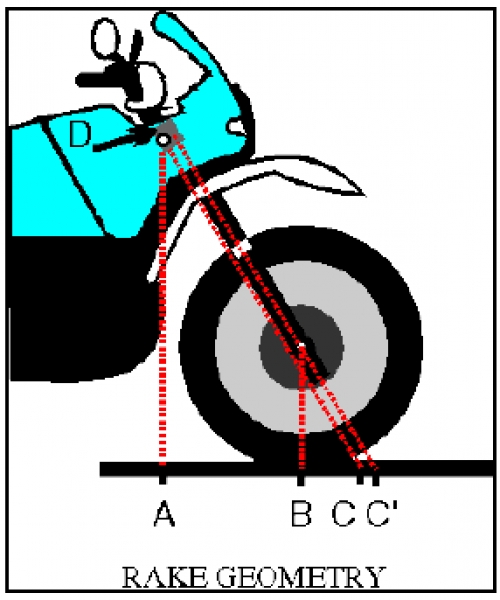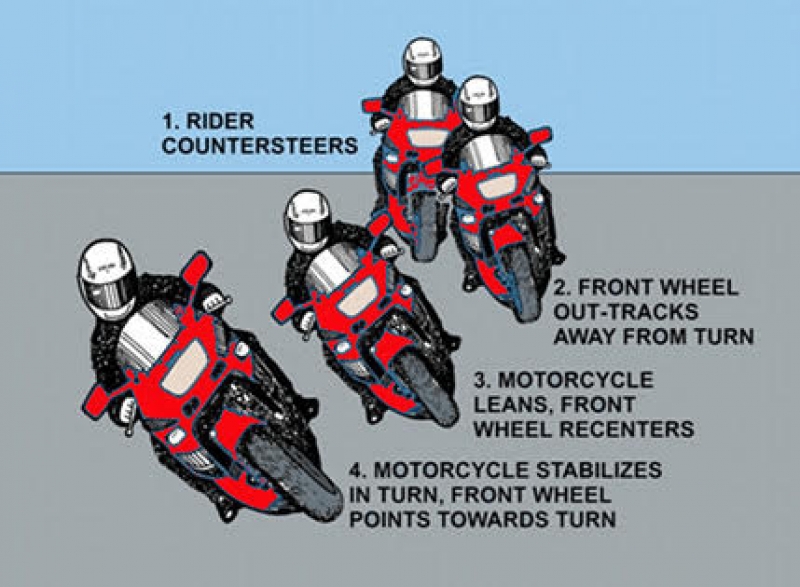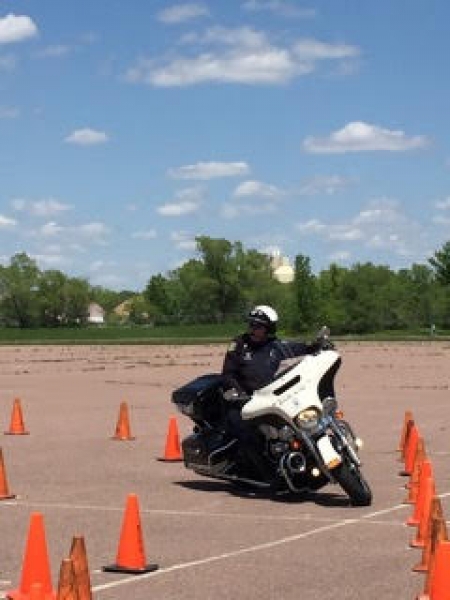More Issues
- August 2023
- July 2023
- June 2023
- May 2023
- April 2023
- March 2023
- February 2023
- January 2023
- December 2022
- November 2022
- October 2022
- September 2022
- August 2022
- July 2022
- June 2022
- May 2022
- April 2022
- March 2022
- February 2022
- January 2022
- December 2021
- November 2021
- October 2021
- September 2021
- August 2021
- July 2021
- June 2021
- April 2021
- March 2021
- February 2021
- January 2021
- December 2020
- November 2020
- October 2020
- September 2020
- August 2020
- July 2020
- May 2020
- April 2020
- March 2020
- February 2020
- January 2020
- December 2019
- November 2019
- October 2019
- September 2019
- August 2019
- July 2019
- June 2019
- May 2019
- April 2019
- March 2019
- February 2019
- January 2019
- December 2018
- November 2018
- October 2018
- September 2018
- August 2018
- July 2018
- June 2018
- May 2018
- April 2018
- March 2018
- February 2018
- January 2018
- August 2011
Changing Directions
By Chad Gillen
How can you tell a really good motorcycle rider from an amateur? One is how easily they can change directions, whether it is slow in the gas station lot or on a curve on a canyon road. I have always said that almost any idiot can ride a motorcycle fast and in a straight line, but those that master turning are true masters. I am a huge supporter of motorcycle safety classes. A basic rider class will get you started on the correct ways to turn a motorcycle. One being the counterweight technique and the other being the countersteer technique. Counterweight is the slow technique, usually under 15 MPH, and countersteer is the faster technique, usually above 15 MPH. In Basic Rider Training you will learn these techniques on a small 250cc motorcycle. In an advanced motorcycle safety class such as the Braking and Cornering Clinic you will practice these techniques on your own motorcycle. Once you have done these I highly suggest more classes to hone your skills, but availability for these classes are not easily accessible in these times or in our locale so I have some tips to help you.
Counterweight
This is the one that most riders are afraid of because they have never gotten over their fear of letting the motorcycle lean underneath them. You need to start with good seating position and posture by scooching up on the seat and straightening your back. Next you need good clutch and throttle control by keeping the motorcycle under power in the friction zone of the clutch. Engine RPM’s will be in the 1200 to 1500 zone. Next you always need to look where you want to go, so you need to have your chin to your shoulder in the direction you want to go. Your arm on the outside of the turn will have your elbow almost locked out. Your inside arm will have a bent elbow and will be pointed where you want to go. Think of that bent elbow as a front gunsite and keep it bent until you get it aligned with where you want the motorcycle to go. Your torso and head will be perpendicular to the ground while you let the motorcycle lean underneath you. If your motorcycle has pegs you can put some pressure, or your weight, on the outside peg. A LITTLE bit of rear brake drag helps keep your momentum in check if you’re going too fast. But too much brake also can kill your momentum. And what happens when you lose momentum on a motorcycle? It tips over of course. A quick turn of the handlebars in the other direction also helps slow your momentum, because any time you turn a vehicle it induces friction and therefore slows it down. This leads to the figure 8 drill.
Find a nice empty parking lot. In that lot find a spot on the pavement you can focus on. If need be bring some chalk and put a big X on the pavement. Your goal is complete figure 8’s with the X being the cross over spot. Work on getting your turns smaller and smaller until they are about 18 feet in diameter using the techniques listed above. Think of your motorcycle seat as a yoga balance ball. Keep your center of balance and your torso and head perpendicular to the ground as you let the bike lean underneath you. If you start to find left turns are easier than right turns, just adjust your hold of the right grip and throttle. Don’t ham fist it, try holding it like a kitchen utensil with your index finger up on top and following the line of the handle bar. If rights are still not your best that’s okay because most U-turns you will make in your life will be to the left as we drive on the right side of the road here in the USA.
Countersteering
This topic could involve volumes and volumes of information, but I’ll try to keep it simple and give you some advanced techniques. Simply put; at speed to go right on a motorcycle you need to push out with your right hand. Even though the front wheel initially points to the left, the bike leans right and then goes right. Once it starts going right the front tire will follow suit. You’ve probably heard: “Slow, Look, Press, Roll” from a motorcycle safety class. Slow using both brakes before you enter the curve getting all your speed bled off. Look all the way through the curve and keep looking through until the exit. Press on the hand grip side you want to turn to initiate lean, and Roll on the throttle to stabilize and maintain until you are through the curve. Your path of travel is a late apex through the curve. This is where you stay to the outside of the curve until you see your exit of the curve where it starts to straighten back up. Your late apex point is the last part of the inside of the curve you see as the exit appears in front of you. If you want to know the exact opposite of this path of travel, get behind about 95% of traffic on southbound I-29 and take the northbound ramp for I-229 in Sioux Falls. I’m surprised all the fog line paint isn’t worn off on this ramp.
But there is a third way to steer a motorcycle that they don’t teach in basic classes. What? Why not? Because it is not effective. The third way is to just lean your body in the direction you want to go. As you may already know this is a very slow way to change directions and really does little in traffic except move you around in the lane. But when you combine this with countersteering you can really improve your turning. I’m not saying that you should be like on the Moto GP circuit and hang a knee. Instead, all you need to do and think about is moving your head forward and to the inside of the turn. This little change in your center of gravity makes a huge difference in your high speed turns. You will now feel like your motorcycle really likes to corner.
Now we're going to add a racing technique that some may say has no place on roadways, but I can tell you for a fact it works and when you add the head movement listed above a huge light bulb will go on above you. It is trail braking. Trail braking is trailing some of the front brake as the motorcycle enters the corner and is leaning over. No rear brake. Trail braking is a technique that helps the motorcycle change direction more efficiently, and gives you more options in the corner. When you brake your front suspension compresses. Your geometry, rake and trail decrease and your wheelbase shortens, making it want to corner. So this is a technique that will work on all motorcycles, not just sport bikes. The amount of front brake that you trail is ever so slight. A good way to practice this feel is to just use your first two fingers and gently squeeze the front brake lever just enough to trip your brake light and create some drag while walking your bike that is not under power. Remember what you are trying to do is keep the front fork compressed enough to make the bike want to corner and this makes the turning circle smaller as the bike goes through the curve. Let’s say you're on a blind curve and it’s getting tighter or there is something in the roadway. We are already on the brakes, we can slow down even more, change our path, or even straighten up and come to an emergency stop. Now what if we accelerate, how does that change the geometry of the bike? It will make the rake and trail increase and your wheelbase increase, thereby making the bike want to straighten up. So when we see our late apex and hit it we can now straighten out to the exit of the curve by rolling on the throttle and accelerating back to the outside of the lane. Again just like the brake we are not overdoing it, because if you accelerate too hard or too early you can go too wide at the end. How is this better than the simple: Slow, Look, Press, Roll? You have options in case the curve is not what you originally thought. Also if you coast into the curve your front fork decompresses and your steering geometry goes back to normal and the motorcycle does NOT want to make your turning circle smaller. Also when you brake your front tire patch of traction becomes bigger due to weight transfer to the front. If you are coasting or on the accelerator your front tire patch is now smaller which is not something you want while turning. Why no rear brake in a curve? Rear brake or even engine braking in a curve will actually right the motorcycle out of its lean making the turning circle wider. So no rear brake with the front through the curve unless you need to come to a stop.
I am not telling you to tear up the roadways like Michael Dunlop on the Isle of Man. But if you have good tires and good road surfaces, you’ll be surprised at how much traction is available to you when the motorcycle is leaned over. These techniques, even when used a little bit, go a long way. So if you’re ready to cancel your membership to the Foot Draggers Motorcycle Club or the Drop an Anchor in the Curve Motorcycle Club, take some safety classes and always keep trying to improve your riding skills. Be safe. There’s always someone waiting for you to get home after your ride.
P.S. If you are a fan of the Last Tuesday vintage bike night I have some bad news as they are not happening this summer due to COVID concerns. But starting in June head to the 8th and RR Center area in downtown Sioux Falls for First Fridays, and for some impromptu motorcyclist gathering. Follow the PBandJ riders club on the TONIT app for more information as it becomes available.




